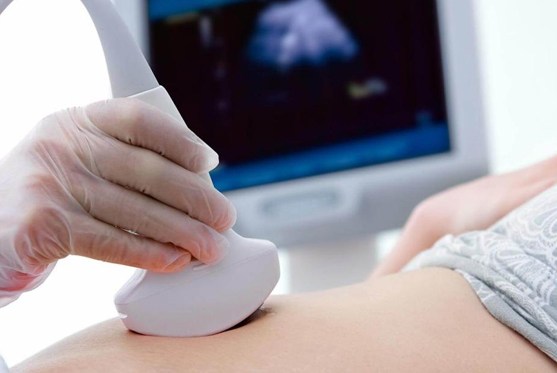
Ultrasound is a vital diagnostic tool in reproductive health. It provides real-time imaging of reproductive organs, helping doctors detect fertility issues, guide treatments, and monitor pregnancy development.
Ultrasound helps evaluate reproductive health by:
In IVF and IUI, ultrasound guides key treatment steps:
Throughout pregnancy, ultrasound ensures safe monitoring: